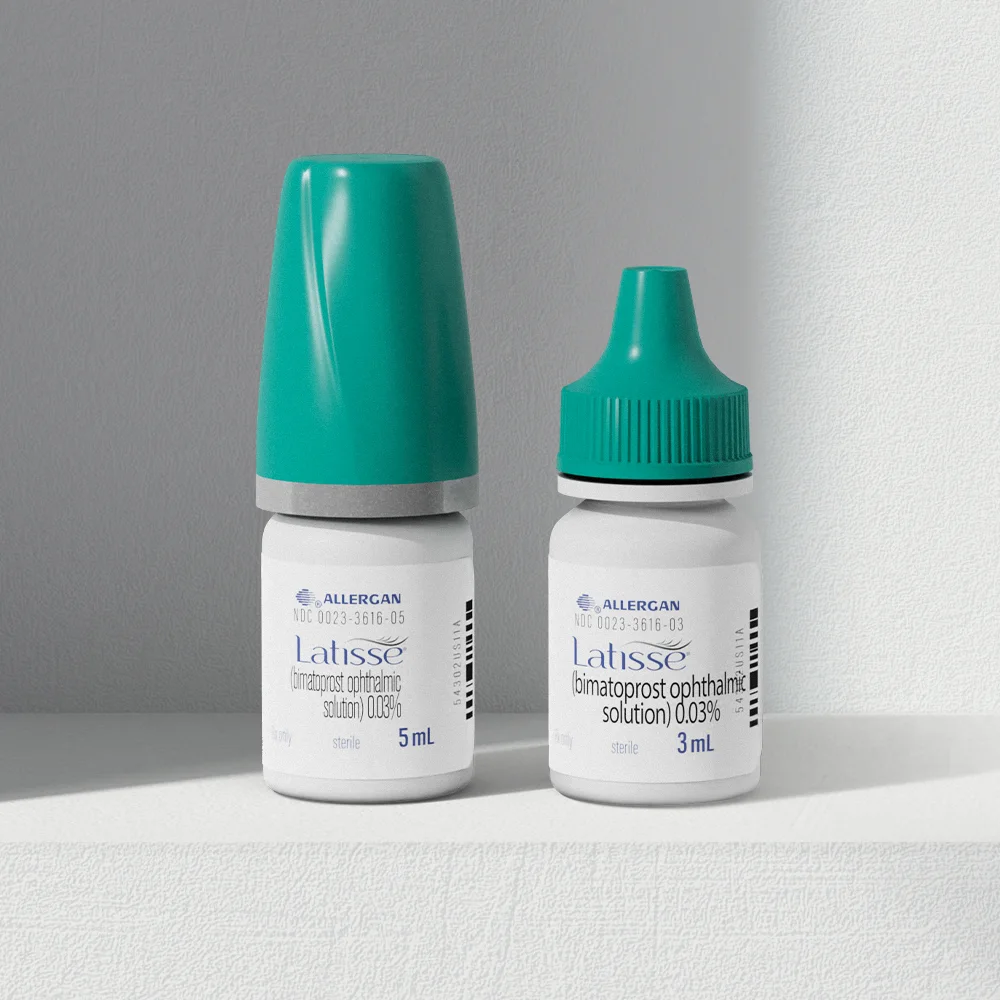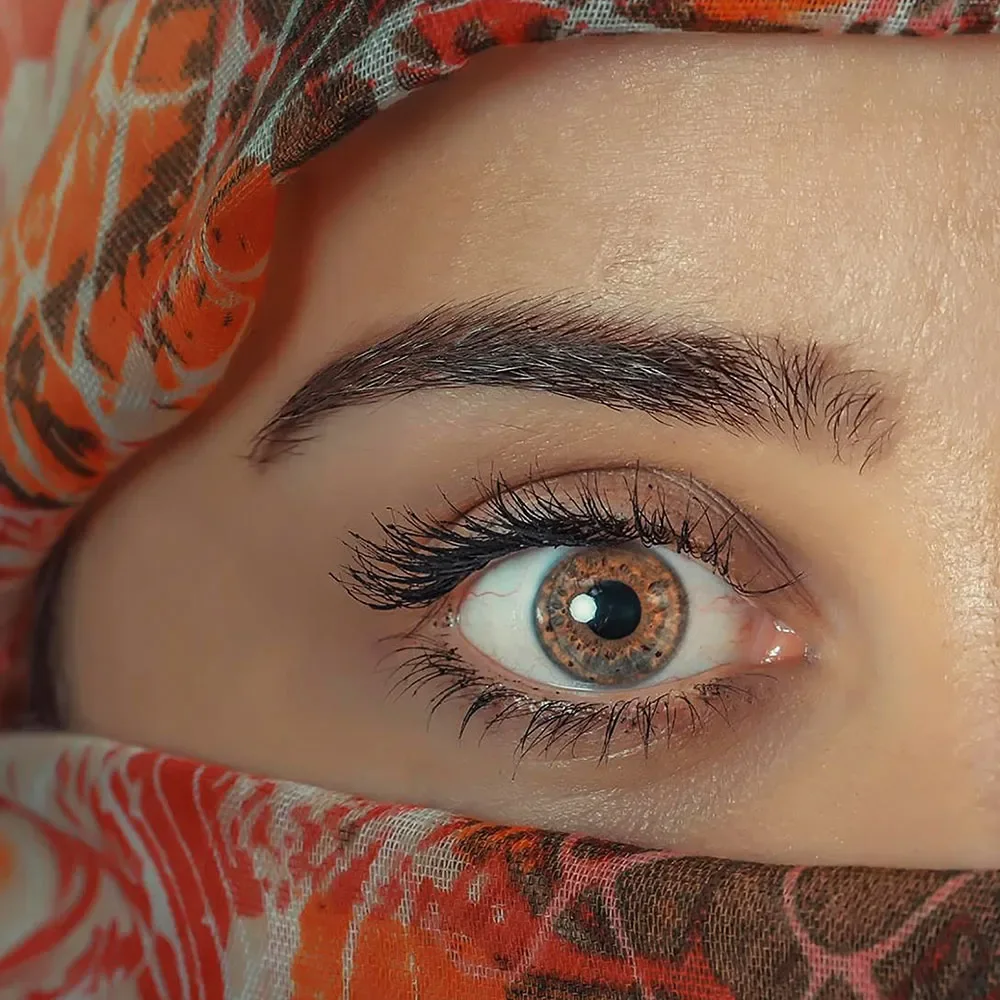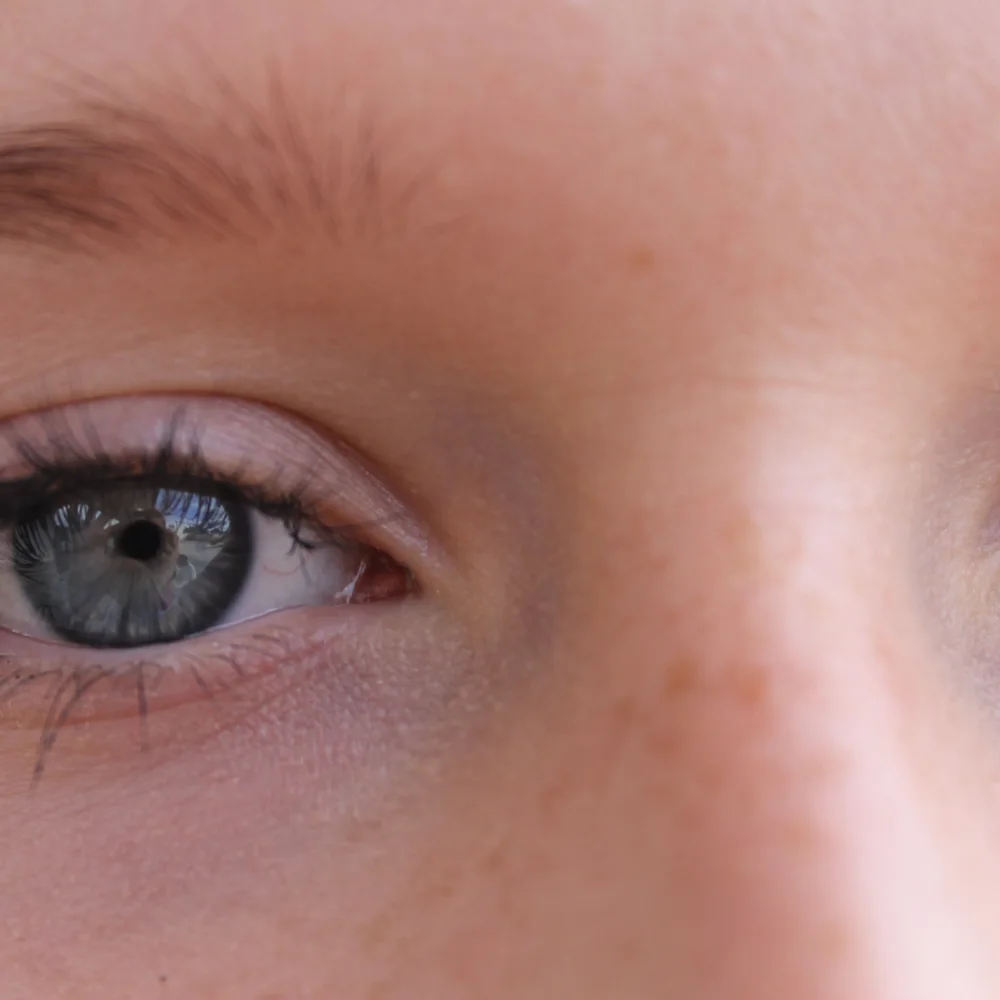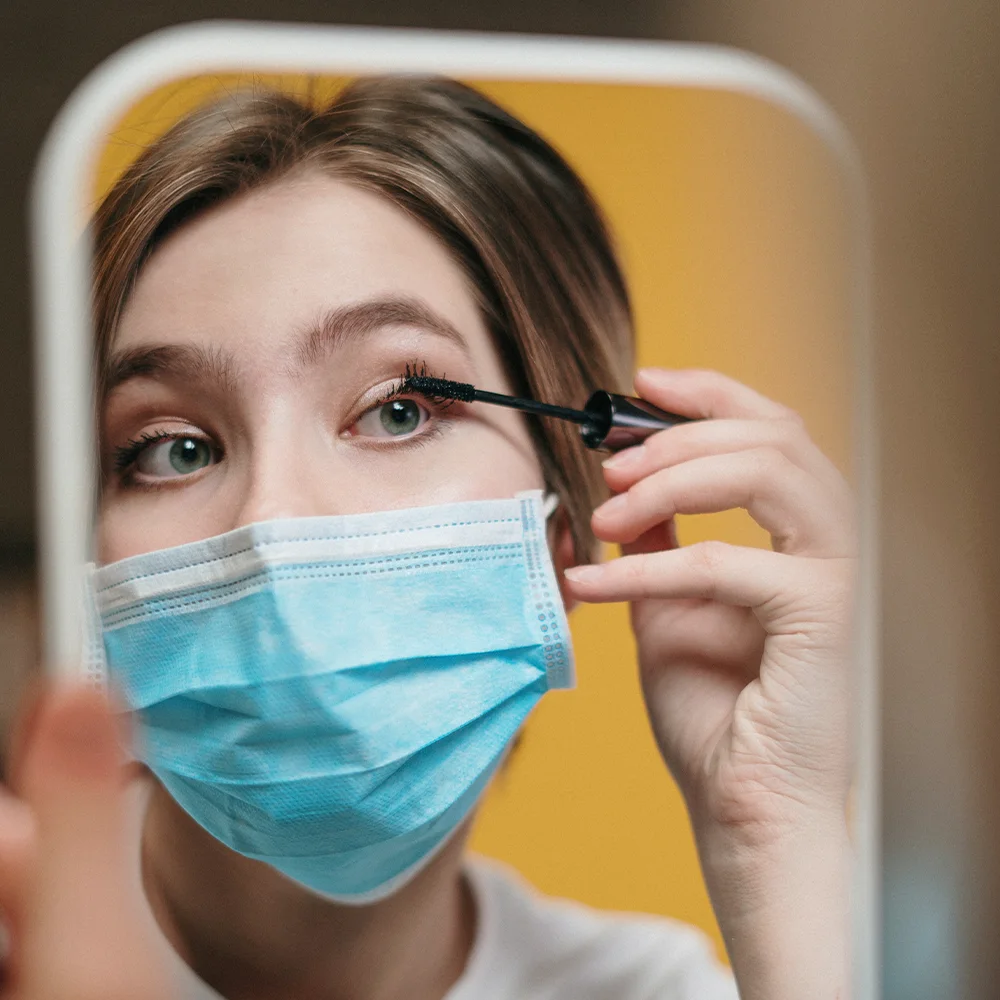Here's what we'll cover
Here's what we'll cover
Long eyelashes are considered a sign of beauty in many cultures. People have been using various methods to make their lashes more attractive and noticeable for thousands of years.
As an alternative to mascara, eyeliner, or eyelash curlers, fake eyelashes can be used to achieve the look of longer, thicker lashes even if your natural eyelashes are too thin or wispy for your liking. It's like having a secret weapon in your makeup bag.
Here’s what you should know about fake eyelashes, including what they are, the pros and cons, and tips for using them safely.
What are fake eyelashes?
Fake eyelashes, also referred to as “falsies,” are non-permanent, false hairs attached to a strip. This strip is then usually secured with lash glue to your eyelid, slightly above your lash line. They are available in a wide variety of lengths, styles, and colors.
False eyelashes come in multipack packages with individual lashes, clusters of lashes, or lash strips so that you can customize your look. You can choose between strip lashes made of synthetic material, silk, faux mink, or real mink (usually the most expensive option). You can also purchase lash kits with all of the supplies you will need.
A recent entry into the beauty market is magnetic lashes. Magnetic lashes are an option for those who don’t want to deal with the hassle of eyelash glue. They work by sandwiching your natural lashes in between two strips of false lashes that stick together with the help of micromagnets.
One study of women who use false eyelashes found that 81.6% reported that the most common reason for using them was to enhance their beauty. Only a small amount (1.7%) said they were replacing missing lashes (Koffuor, 2012).
What are the benefits of fake lashes?
Anyone with short or thin lashes can use false lashes to create a fuller look. They add (relatively) effortless length and thickness to your eyelashes (Koffuor, 2012).
Other benefits of false lashes include:
You customize a natural, fluttery look or a bold, glam look.
Lashes can be cleaned and reused.
They can be more noticeable than natural lashes in photos.
You can choose different lengths, styles, or colors to suit your eye shape.
They draw attention to your eyes.
Are there any risks to false eyelashes?
False lashes aren’t for everyone. Some of the potential drawbacks include:
Difficulty applying lashes
Time-consuming upkeep
Cleaning after every use
Possible reactions to eyelash glue
Damage to natural lashes when used incorrectly
Not always the most natural look
Other potential risks associated with false eyelashes can be more serious.
Infection
Wearing your false eyelashes to bed or for more than one day can allow bacteria to collect under the eyelash glue and on the false lashes. Additionally, since false lashes should not get wet, you may end up washing your face or showering less often. This decrease in skincare hygiene can result in more microbes and dirt around the eye than usual, which can lead to eye infections. Symptoms of eye infection include inflammation, pain, or discharge. If you suspect an infection, you should see a healthcare provider immediately (Koffuor, 2012).
Damage to your natural lashes
Any aesthetic procedure around the eye can lead to complications (Patel, 2021).
One of those complications with false eyelashes can be damage to your natural lashes. Incorrect application of false eyelashes can cause your lashes to break or thin out. This can be worsened if you pull, tug, or rub at your eyes. In general, the gentler you treat your fake eyelashes, the less likely you are to harm your natural ones.
Adhesive allergies or burns
Most complications from false eyelashes result from skin reactions or allergies to the lash adhesive used. A review of poison control records found that the most usual substance associated with bad reactions to nail or eyelash glue was cyanoacrylate. Symptoms varied from mild to severe and included chemical burns, skin redness and swelling, and eye symptoms (Brambilla, 2020).
Cyanoacrylates are widely used as all-purpose “superglues” in surgery, dentistry, and the cosmetic industry. In the cosmetic industry, they are commonly used in nail and eyelash glues. They can cause skin inflammation and redness if you’re sensitive to them (Shanmugam, 2012).
The type of burn caused by cyanoacrylate glue is a thermal burn and not a chemical burn. These burns are rare but can be severe. Inflamed eyelids may sometimes be mistaken for an allergic reaction but can also be caused by burns. Anyone with these symptoms should be seen by a healthcare provider immediately (Nardeosingh, 2020).
MRI interference
Magnetic resonance imaging or MRI is a type of medical imaging that uses powerful magnets, radio waves, and a computer to make detailed pictures of the organs in the body. Because of the powerful magnets used, any magnetic objects can be pulled towards the machine and potentially cause serious injury to anyone in the area. All MRI sites have screening procedures to keep these objects out of the room.
Since magnetic eyelashes are relatively new to the market, not much is known about how they will affect an MRI scan. A small study was conducted to see if this should be a concern for radiologists. The researchers found that magnetic eyelashes created significant interference with the imaging. One set of lashes tested was pulled off the test material by the magnet in the scanner. The researchers concluded that magnetic lashes should be added to the MRI safety questionnaire and not allowed in the scanner room (Slonimsky, 2019).
Tips to know about fake eyelashes
Some tips for enjoying your false lashes and avoiding potential risks include:
Make sure that you clean your hands and lash applicator before applying lashes.
Check the list of ingredients used in the adhesive.
If you have allergies or sensitive skin, try a patch test on a less sensitive area before using products on your eyes.
If you’re allergic to latex, make sure that it isn’t used in the lashes or glue.
Clean your lashes after each use and store them in a clean, dry place.
Don’t share your lashes with anyone else. This could pass bacteria to others.
People with certain skin conditions shouldn’t use false eyelashes unless they check with a healthcare provider ahead of time. Consult your provider if you have:
Dry, itchy skin around the eye
Inflammation of the eyelids
Autoimmune illness that causes hair loss
Compulsive hair pulling
You should also avoid using false eyelashes if you’re undergoing any medical procedure that could affect your eyes, such as LASIK surgery, chemotherapy, or radiation therapy.
DISCLAIMER
If you have any medical questions or concerns, please talk to your healthcare provider. The articles on Health Guide are underpinned by peer-reviewed research and information drawn from medical societies and governmental agencies. However, they are not a substitute for professional medical advice, diagnosis, or treatment.
Brambilla, E., Crevani, M., Petrolini, V. M., Scaravaggi, G., Di Primo, M., Roda, E., et al. (2020). Exposure to nail and false eyelash glue: a case series study. International Journal of Environmental Research and Public Health, 17 (12), 4283. doi: 10.3390/ijerph17124283. Retrieved from https://www.mdpi.com/1660-4601/17/12/4283/htm
Koffuor, G. A., Anto, B. P., Afari, C., Kyei, S., & Gyanfosu, L. (2012). Ocular discomforts following eyelash extension. Journal of Medical and Biomedical Sciences, 1 (3). Retrieved from https://www.ajol.info/index.php/jmbs/article/view/80232
Nardeosingh, S., & Tung, A. (2020). Thermal injury and false eyelashes. Eye News, 26 (6). Retrieved from https://www.eyenews.uk.com/media/19624/eyeam20-trainees.pdf
Patel BC, Joos ZP. (2021). Diseases of the eyelashes. [Updated 2021 Feb 25]. In: StatPearls [Internet]. Retrieved from https://www.ncbi.nlm.nih.gov/books/NBK537100/
Shanmugam, S., & Wilkinson, M. (2012). Allergic contact dermatitis caused by a cyanoacrylate-containing false eyelash glue. Contact Dermatitis, 67 , 306–320. doi:10.1111/cod.12000. Retrieved from https://www.academia.edu/27725905/Allergic_contact_dermatitis_caused_by_a_cyanoacrylate_containing_false_eyelash_glue?auto=citations&from=cover_page
Slonimsky, E., & Mamourian, A. (2019). Magnetic eyelashes: a new source of mri artifacts. American Journal of Roentgenology, 213 : 983-985. doi: 10.2214/AJR.19.21550. Retrieved from https://www.ajronline.org/doi/full/10.2214/AJR.19.21550












